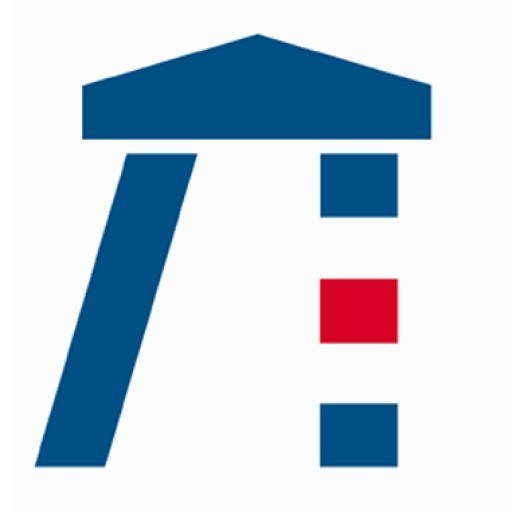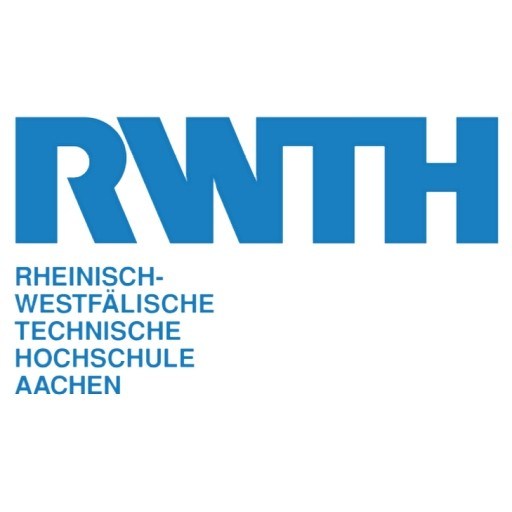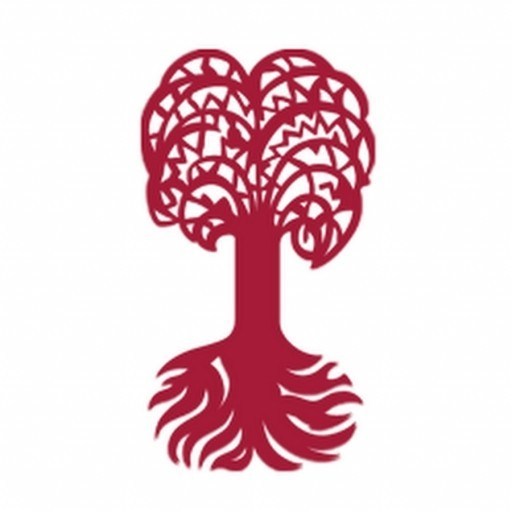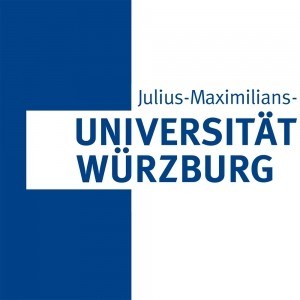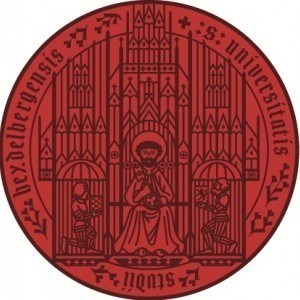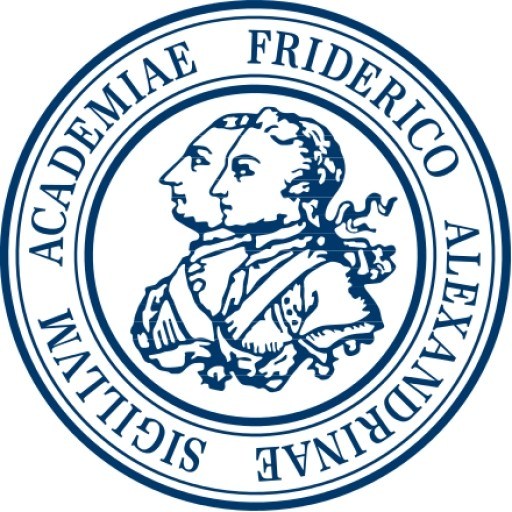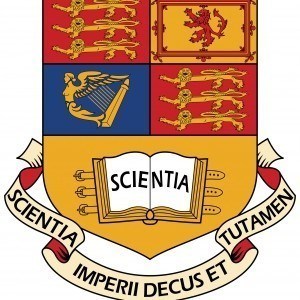Visual Computing is an innovative interdisciplinary master's program offered at Saarland University that combines foundational principles of computer science with cutting-edge applications in visual data processing, image analysis, and computer graphics. This program is designed to prepare students for a wide range of careers in the rapidly evolving fields of multimedia, virtual and augmented reality, computer vision, and digital content creation. Throughout the course of study, students will gain a comprehensive understanding of algorithms and systems that enable machines to interpret, analyze, and generate visual information. The curriculum emphasizes both theoretical foundations and practical skills, ensuring graduates are well-equipped to contribute to research, industry, and technological development in visual computing.
The program covers essential topics such as image and video processing, 3D modeling, visualization techniques, machine learning for visual data, computer vision, and human-computer interaction. Students will have the opportunity to engage in hands-on projects, utilizing state-of-the-art tools and software to develop innovative solutions to complex visual problems. Collaboration and interdisciplinary research are integral components of the program, fostering a dynamic academic environment where students can work closely with faculty from computer science, engineering, and design disciplines.
Saarland University provides a stimulating learning environment with modern laboratories, research centers, and close partnerships with industry leaders in the tech sector. The curriculum is designed to be flexible, allowing students to tailor their education to their specific interests through elective modules and research projects. The program also offers practical internships, collaborative research opportunities, and a strong emphasis on teamwork and communication skills, preparing graduates for successful careers in academia, industry, or entrepreneurship.
Students enrolled in Visual Computing will benefit from the university's strong focus on innovation and technology transfer, as well as its vibrant community of researchers and students dedicated to advancing the field of visual computing. The program aims to produce highly qualified graduates capable of applying their expertise to develop visually intelligent systems, immersive media applications, and intelligent visual data analysis tools that can address real-world challenges across multiple sectors such as entertainment, healthcare, automotive, and security.
Overall, the Master’s in Visual Computing at Saarland University offers an outstanding education at the intersection of technology, creativity, and applied science, making it an excellent choice for students passionate about shaping the future of digital visualization and visual data interpretation.
The Master’s degree program in Visual Computing at Saarland University offers an in-depth and comprehensive curriculum designed to prepare students for advanced careers in the rapidly evolving field of computer graphics, computer vision, and multimedia technology. The program emphasizes the development of both theoretical knowledge and practical skills necessary for innovative problem-solving in visual computing applications. Throughout the course of study, students will explore core topics such as 3D modeling, rendering techniques, image processing, machine learning for visual data, virtual and augmented reality, as well as the principles of human perception and interaction.
The program is structured to provide a balanced mix of coursework, research projects, and hands-on experiences. Students will have the opportunity to work with cutting-edge tools and software used in industry and academia, fostering a deep understanding of current technological trends and challenges. Special focus areas include 3D computer vision, realistic rendering, video analysis, visual analytics, and perceptual modeling. The curriculum also covers fundamental topics like algorithms, software engineering, and mathematics essential for tackling complex visual computing problems.
In addition to technical training, the program encourages interdisciplinary collaboration, allowing students to engage with research groups across different fields such as artificial intelligence, robotics, and digital media. Students will participate in seminars, workshops, and conferences to stay updated with the latest research developments and to develop their communication skills. The program aims to produce graduates who are well-prepared for careers in academia, research institutions, and industry sectors including entertainment, health technologies, automotive, and multimedia industries.
Graduates of the Visual Computing Master’s program will be equipped with the expertise to create innovative visual solutions and contribute to advancements in digital visualization, virtual reality, augmented reality, and visual data analysis. The program's combination of theoretical foundation and practical application ensures that students are ready to meet the demands of the evolving digital landscape and to become leaders in the field of visual computing.
The Master's program in Visual Computing at Saarland University is designed to provide students with a comprehensive education in the core areas of computer graphics, computer vision, image processing, and related fields. Admission to the program typically requires a relevant bachelor's degree or equivalent in computer science, information technology, or a related discipline. Applicants are expected to demonstrate proficiency in programming, mathematics, and algorithms, which are fundamental for advanced coursework and research activities in visual computing.
The curriculum combines theoretical foundations with practical applications, preparing students to develop innovative solutions in areas such as virtual reality, augmented reality, 3D modeling, and image analysis. Students must complete a set of mandatory courses covering topics like graphics programming, visualization techniques, pattern recognition, and machine learning as they relate to visual data. Additionally, students are encouraged to participate in project-based modules, fostering teamwork and problem-solving skills critical for industry or academic careers.
Research component is an integral part of the program, requiring students to engage in supervised research projects and contribute to scientific publications. To graduate, students must successfully complete coursework, pass examinations, and defend a Master's thesis that demonstrates their ability to conduct independent research in visual computing. The university offers state-of-the-art laboratories and collaboration opportunities with industry partners, ensuring practical experience alongside academic learning.
Language requirements typically include proficiency in English, as the program is conducted in English to accommodate international students and facilitate global research collaborations. The program duration is generally two years, with the possibility of internships and exchange programs enhancing educational and professional development. Overall, the Master's in Visual Computing aims to equip graduates with specialized knowledge and skills to excel in academia, research institutions, or the tech industry, contributing to advancements in digital visualization, multimedia processing, and intelligent systems.
The Visual Computing master's program at Saarland University offers various financing options to support students throughout their studies. Tuition fees are generally not charged for European Union students, as Saarland University is a public institution funded by government resources. However, students are responsible for living expenses, which include accommodation, food, health insurance, study materials, and personal expenses. The approximate monthly cost of living in Saarbrücken is estimated to be around 800 to 1,000 euros, depending on individual lifestyle choices.
Students can explore a variety of financial aid opportunities, such as scholarships, grants, and funding programs provided by the university or external organizations. Saarland University participates in international scholarship programs like DAAD (German Academic Exchange Service), which offers scholarships for graduate students based on academic merit and financial need. Additionally, the university provides information about part-time job opportunities, internships, and student assistant roles that can help students earn supplementary income while gaining relevant experience.
International students from countries outside the European Union are usually required to demonstrate sufficient financial resources to cover their stay in Germany, which typically amounts to at least 11,208 euros per year, according to German visa regulations. This can be shown through bank statements, scholarship award letters, or sponsorship documentation.
Moreover, students may consider applying for external funding options, including private scholarships, company-sponsored programs, or philanthropic foundations, which support international students in Germany. Some students also receive support through family or their home country's financial aid systems.
In sum, financing a master's degree in Visual Computing at Saarland University involves covering living expenses, potential tuition fees (if applicable), and additional costs for study materials. Students are encouraged to plan their finances carefully, explore scholarship opportunities early, and consider part-time employment options to ensure smooth financial stability during their studies.
The Master's programme in Visual Computing at Saarland University offers students an opportunity to specialise in the rapidly evolving field of computer graphics, computer vision, and interactive media. This programme is designed to provide a comprehensive education that combines theoretical foundations with practical applications, preparing graduates for careers in research, industry, or further academic pursuits. The curriculum emphasizes advanced topics such as rendering algorithms, image processing, 3D reconstruction, augmented and virtual reality, and machine learning techniques relevant to visual data analysis.
Students enrolled in this programme have access to state-of-the-art laboratories and facilities, including high-performance computing resources and specialized software tools. The programme fosters interdisciplinary collaboration, enabling students to work on projects that integrate knowledge from computer science, mathematics, and engineering disciplines. Throughout the course, students acquire essential skills in programming, algorithm development, and system design, which are crucial for innovating in areas like animation, visual effects, autonomous systems, and medical imaging.
The programme typically spans four semesters, with a flexible structure allowing students to tailor their coursework according to their interests and career goals. In addition to core modules, students can choose from a variety of elective courses covering emerging topics such as deep learning for visual data, interactive systems, and multimedia information retrieval. The research-oriented Master's thesis provides an opportunity for students to engage in cutting-edge projects, often in collaboration with industry partners or research institutions.
Saarland University emphasizes internationalization and encourages students from around the world to join the programme. Support services include academic advising, professional development workshops, and opportunities to participate in national and international conferences. The graduates of the Visual Computing programme are well-equipped to pursue careers in sectors such as gaming, film production, robotics, healthcare, and tech entrepreneurship or to continue their academic studies through doctoral research. The programme aligns with Saarland University's commitment to excellence in research and education, fostering an innovative environment for aspiring visual computing experts.

